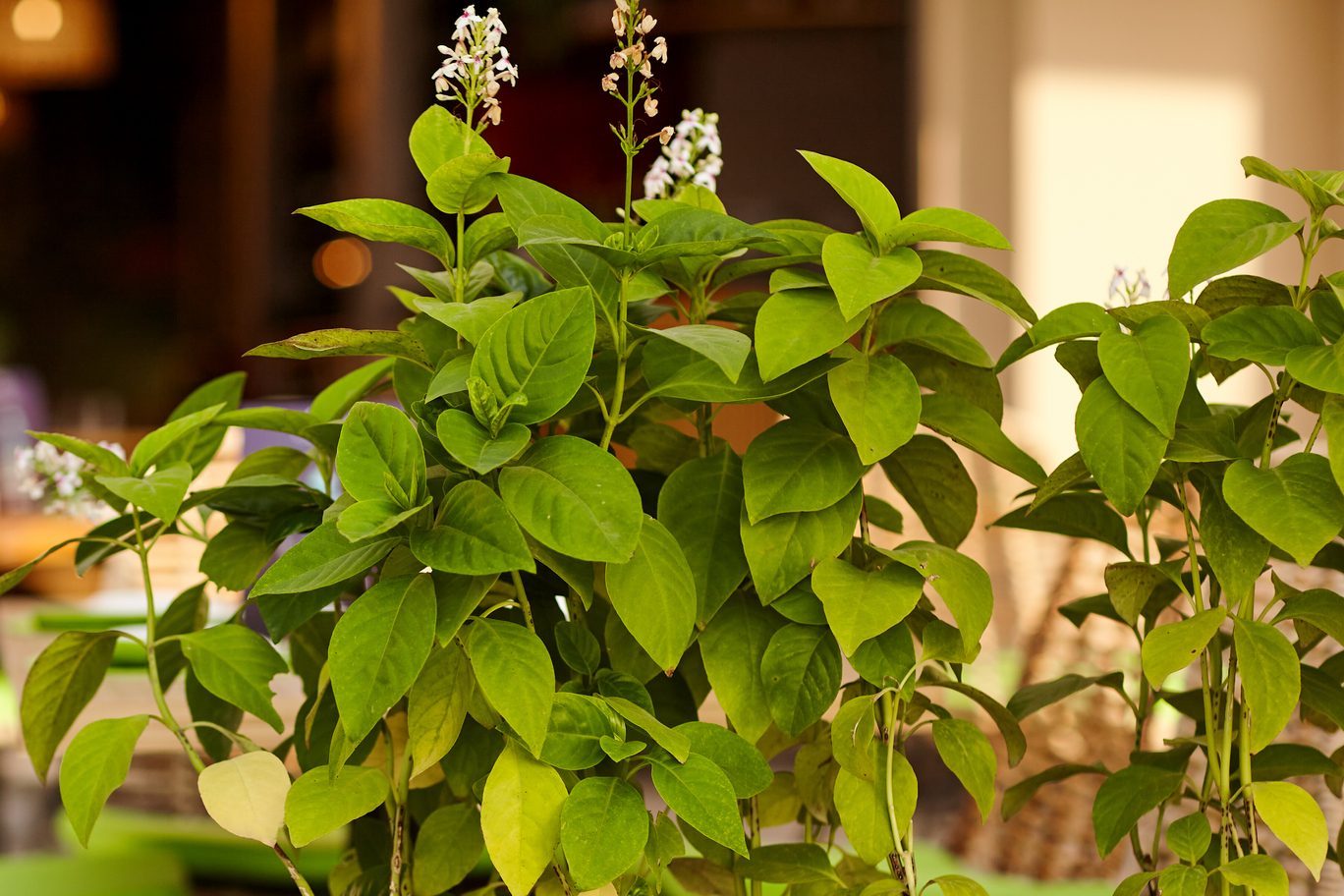It's disappointing when a lilac bush doesn't bloom. Here's how to evaluate your non-blooming lilac and take steps to ensure it blooms next year.

Why Is My Lilac Bush Not Blooming?

After a long winter of waiting for the spring flowers, it’s disappointing when a lilac doesn’t bloom. My sister called me last spring when her old lilac had just a few flowers on it and asked me to help her figure out why. Here I’ll explain why her lilac flowers didn’t bloom, and what you can do if this happens to you.
Why Did My Lilacs Fail To Bloom?
There are at least seven reasons why a lilac bush fails to bloom or produces few blooms in the spring.
Pruned at the wrong time
Lilacs produce the flower buds for next year soon after the blooms for the current year have faded. When you prune flowering lilacs later in the summer, you’re cutting off the flowers you’ve waited all year for. This is also true for newer lilac varieties that bloom in the spring and late summer. Pruning too late in the summer removes those later blooming flower buds, too.
Too much shade
Lilacs need sunlight to produce good flowers, at least six hours a day. It’s possible that over time, other trees grew around the lilac and shaded it out. Or maybe you planted it in too much shade to begin with.
It’s an old lilac
As lilacs age, they produce fewer blooms. This is especially true if the lilac has never been pruned.
It’s a new lilac
A newly-planted lilac may not bloom right away. Sometimes it takes a few years for a lilac bush to settle in and produce good blooms.
It’s getting too much water
Lilacs don’t like wet, poor-draining soil. Under these conditions, they may not bloom well.
It’s getting too much nitrogen fertilizer
Lilacs don’t need much fertilizer, especially one high in nitrogen. High-nitrogen fertilizers tend to cause plants to grow lots of foliage, but not many blooms. While you might not be applying high-nitrogen fertilizer directly to your lilac, if it’s near a heavily fertilized lawn, it may be getting too much nitrogen.
A late freeze zapped the flower buds
Occasionally, a late freeze can kill the lilac flower buds, especially if it happens just as the flowers begin to open.
How To Get Lilacs To Bloom

Fortunately, you can fix many of the problems mentioned above.
Choose a good location
Whenever you plant a new lilac bush, choose a sunny location (at least six hours a day) that drains well.
Prune at the right time
Prune your lilac right after the blooms have faded so you don’t cut off next year’s blooms. Some lilacs can be lightly sheared to keep them down to size. Or you can prune smaller lilacs by cutting off the old blooms. When pruning, always use sharp shears or pruners to avoid leaving ragged edges on the stems.
Prune to rejuvenate
If your lilac is old and not blooming, encourage new growth with rejuvenation pruning over several years.
After the lilac bush has bloomed or would have bloomed, cut out one-third of the oldest branches at ground level. These tend to have scaly, peeling bark, like a tree trunk. New growth will come up from the base of the plant after pruning.
In the second year, cut back another one-third of the oldest branches. Then in the third year, cut back what’s left of the oldest branches. By the end of the third year, you should have a “new” lilac and it should begin blooming regularly again.
Don’t fertilize
If you’ve been fertilizing your lilac, stop. If you’re heavily fertilizing the lawn, don’t spread any near your lilac.
Be patient
Give new lilacs a few years to establish themselves before worrying too much about blooms. If your garden happens to be hit by a late freeze that kills off the flowers, prune as you normally would and wait for next year.
After looking at my sister’s non-blooming lilac, we decided it had been in too much shade. That was no longer a problem because the nearby tree shading it had died and been cut down. But the lilac was also old. So we did a little rejuvenation pruning, and now it’s blooming again.




















